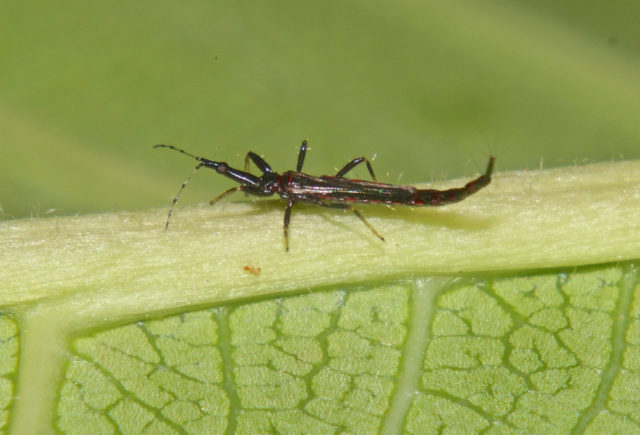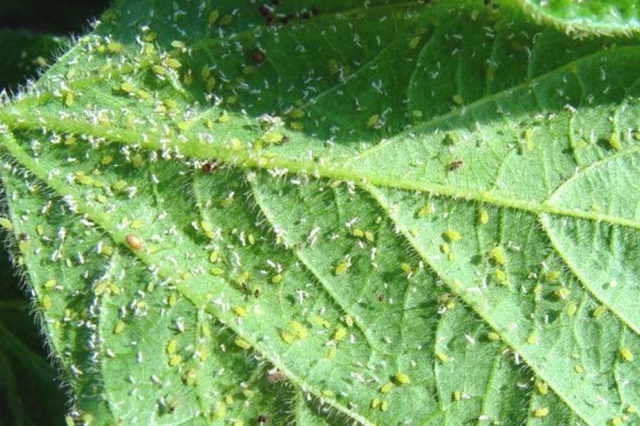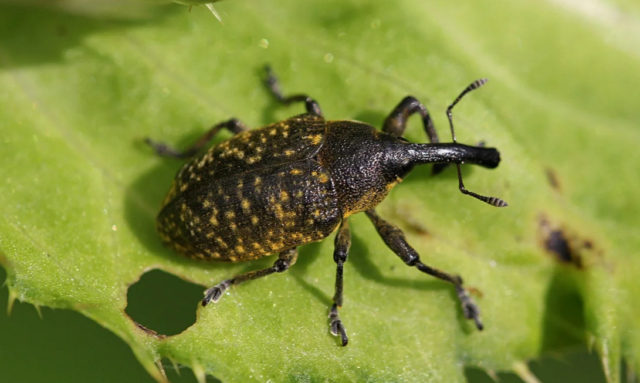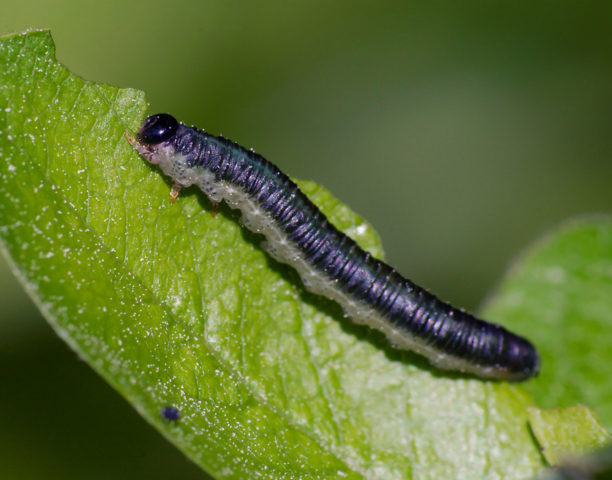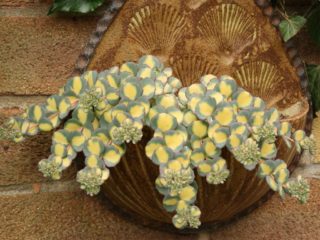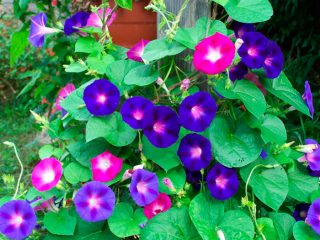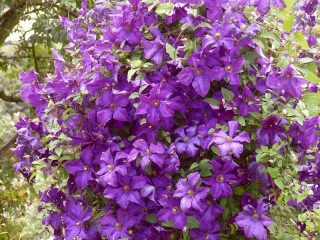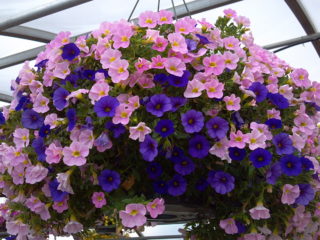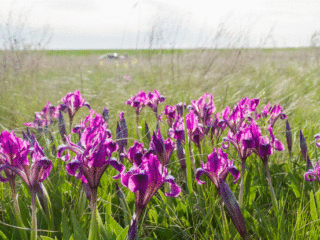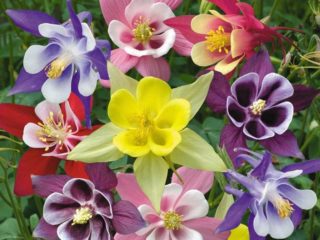Content
Sedum, also known as sedum (lat. Sedum), belongs to the order of succulent plants of the Crassula family. The genus contains more than 500 species. All its representatives are distinguished by fleshy stems and leaves. Sedums are conventionally divided into 2 groups: the first includes heat-loving perennial crops grown indoors, the second includes frost-resistant ground cover plants. Planting and caring for sedum in open ground, regardless of the variety, requires knowledge about soil composition, light conditions, watering and fertilizing. They are the key to long flowering.
Conditions for growing sedums
When growing sedums in the southern regions, the succulent pleases with an early and long flowering period from May to June. In central Russia, its duration shifts and is noticeably shortened. Some types of sedums bloom towards the end of summer - beginning of autumn. Frost-resistant sedum varieties are suitable for cultivation in the northern regions: Brilliant and Carmen.
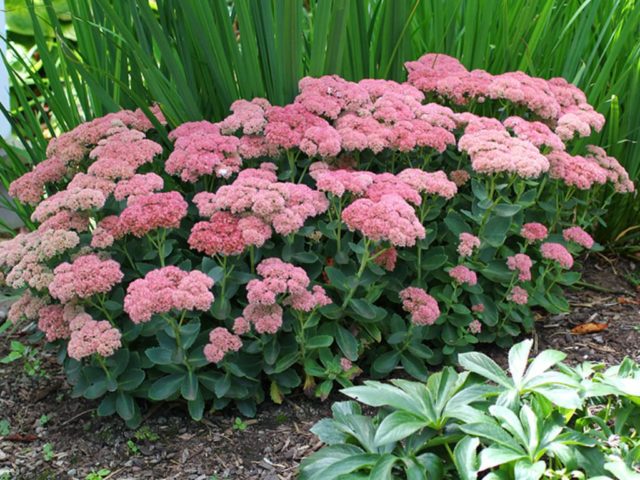
Sedum prominent “Diamond” should be planted in an area with plenty of sunlight
Sedums prefer sandy soils with a neutral reaction and good moisture permeability. Temperature during the winter months, when the plants are dormant, plays a major role in the development of sedums. Sedum bushes easily tolerate changes within the range of -14-16 °C. At frosts above -30-42 °C, their superficial root system may die.
Rare varieties of sedums, such as Burrito, Sieboldii, are more convenient to grow as indoor plants. In the summer, they can be taken outside, planted in a flower pot or in a flower bed, which will benefit the sedums. For the winter, pots with succulents are brought into the house.
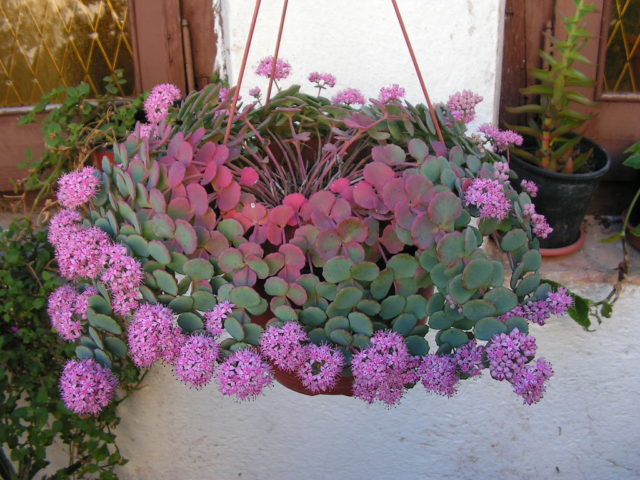
Sedum sedum "Siebold" should be taken outside in the summer months
Hybrid varieties of sedum are characterized by low growth (up to 10-15 cm) and long creeping shoots. Many species of them are classified as lodging succulents. Such sedums are often used for landscaping roofs and walls.
How to grow sedum from seeds
When purchasing seeds in specialized stores, you should pay attention to the expiration date. It must not be expired. At the end of February - beginning of March, sedum seeds are sown in shallow seedling boxes with a good soil mixture. For several days (10-14) the containers are placed in the refrigerator.
After a certain time, the boxes with seeds are removed, lightly sprinkled with sand, watered abundantly, covered with glass, and placed in a bright place. If necessary, use fluorescent lamps. As the soil dries, spray it with a spray bottle. In places where the boxes are located, keep the average temperature above + 18 °C.
Shoots appear no earlier than after 2-3 weeks. It will take at least another month until they fully germinate.
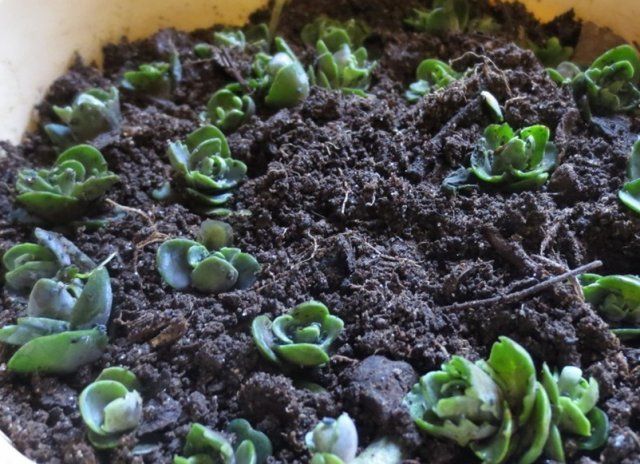
Sedum seedlings give good growth only 2 weeks after picking
Sedum picking is carried out when 2-3 true leaves appear. Plant in small containers using a special soil composition with the addition of coarse sand.
Growing indoor sedums from seeds is no different. When skillfully combined, 2-5 low-growing varieties in one pot create interesting compositions. Some sedums are shaped like stars, others like lilies, together they form a kind of exotic corner. To do this, sedum seeds are stratified, then sown, and then picked. Strong seedlings of 2-5 types of sedum are planted in one pot.
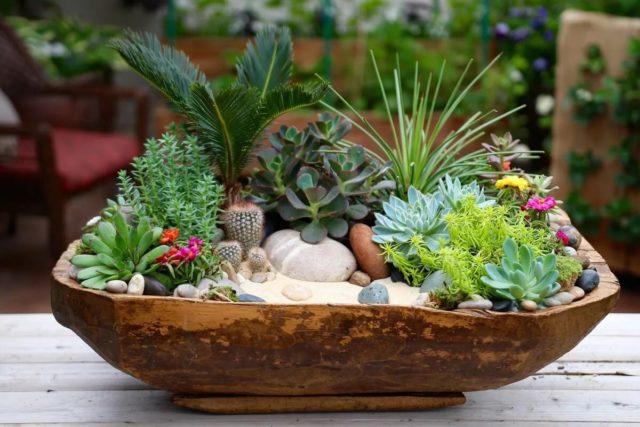
Several varieties of low-growing sedums are planted in one pot
Sedum is often grown by sowing seeds for seedlings in open ground. They do this with the onset of warmth, from May to June. The substrate is prepared from a mixture of earth, compost and sand in a ratio of 1:1:1. Monitor the required level of soil moisture and promptly remove weeds around the sedums.
Rare variegated varieties of sedum are grown in the same way. At the same time, they control that the plant does not produce shoots that differ in color. They are removed immediately, otherwise the entire bush will turn green.
The most effective method of propagating sedum is cuttings and dividing the bush. Adult succulents reproduce well by self-sowing.
Planting and caring for sedums in open ground
When growing sedums, you should pay attention to the composition of the soil, its moisture level and the amount of sunlight. Perennial garden sedums require care and compliance with planting rules and autumn pruning, which must be followed.
Plant care:
Selection and preparation of a landing site
The place for sedums is chosen to be open, well-lit, away from tall bushes and deciduous trees. Avoid lowlands and areas with high groundwater levels.
Rules for planting sedums
Sedums are planted in open ground in the spring (early May), immediately after the return frosts have passed. If the soil on the site is loamy and rich in calcareous deposits, before digging, add sand and humus (1 bucket per 1 m²) so that it becomes sufficiently loose.
For each seedling, holes are prepared with a depth of 20-25 cm and a diameter of up to 50 cm; a distance of 15-20 cm is maintained between them. For spreading tall varieties of sedum, the interval is increased to 40-50 cm.
The bottom of the holes is lined with a drainage layer 2-3 cm thick, consisting of pebbles (expanded clay), small crushed stone and broken bricks. Cover the top with a mixture of sand and compost in a ratio of 3:1.
Before planting sedums, each seedling (especially purchased) is inspected for the presence of fungal diseases and pest damage. Place it in the hole and correct the root. Sprinkle with soil on all sides, compact the soil and water. The hole with the sedum seedling is lined with pebbles, and a shallow ditch is formed to drain excess water. A succulent can grow in one place for up to 5 years, after which the bush needs to be divided and replanted.
Watering and fertilizing
Young, newly planted sedums are more demanding of moisture. Watering is carried out as the soil dries.Adult sedum bushes are drought-resistant, do not need abundant and frequent moisture, which leads to the formation of fungi with subsequent rotting of the roots. The exception is hot days and dry summers. The ground is periodically loosened and weeds are removed - sedum bushes cannot stand their proximity.
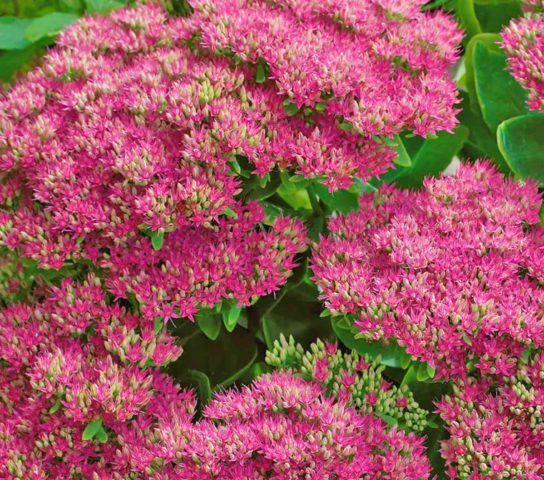
Adult bushes of the prominent “Hot Staff” sedum do not require abundant and frequent watering
If organic fertilizers are added to the soil when planting young succulents, the sedums are not overloaded with additional feeding for 1.5-2 years. It leads to excessive growth of bushes. It is necessary to fertilize adult sedums twice per season: the first time in the spring, before flowering begins, the second time after it, towards the end of summer. Late-flowering sedum varieties are fed in mid-autumn, before frost arrives.
As fertilizers for sedums, compositions intended specifically for succulents, including minerals and organic matter, are used. The feeding procedure allows you to extend the flowering period of sedums and make it easier to endure wintering.
Pruning sedums
Removing wilted petals and dried leaves from sedums is necessary primarily for sanitary purposes and to extend the flowering period. When pruning, too long lashes are also cut off, thereby giving the sedum bushes spectacular shapes and compactness.
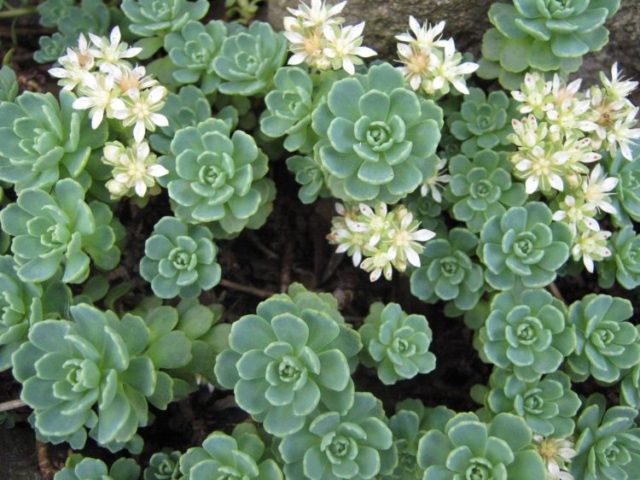
Faded petals and long shoots are promptly removed from sedum
Sedums grown from seeds at home do not require pruning at all in the first two years. Experts recommend cutting off only damaged and too long lashes.
To renew and rejuvenate old sedum bushes, all shoots are removed from them in late autumn. The cut sites are treated with antifungal agents. Fresh soil is added under the succulent rosette.
The root system of sedums tends to grow quickly, filling the entire space under the flowerbed. Flower growers deliberately delimit sedum bushes with fragments of slate or tiles.
Preparing for winter
Most sedums are winter-hardy succulents. Some varietal specimens, like young bushes, are recommended to be covered with spruce branches or straw as the weather gets colder. This is especially true for sedums that have undergone major pruning. As the weather gets warmer, the covering material is removed, allowing the soil to dry thoroughly.
Pests and diseases
Like any other garden plants, sedums are susceptible to pests and diseases. The most dangerous of them is a nematode that attacks the roots of sedums. The disease manifests itself by a sharp change in appearance: withering of the leaves, then the bushes themselves. To date, there are no effective methods to combat the disease. Sedum bushes affected by the nematode are removed along with a clod of earth and burned to avoid the spread of the disease to neighboring plants.
A common cause of sedum root rot is excessive watering or rainy summers, when moisture stagnates in the soil.
For the same reason, dark spots appear on the leaves of sedums. If the affected area is small, a fungicide solution will cope with the problem. It is enough to dilute the composition in the proportions specified in the instructions and treat the sedum bushes with it. Other possible pests of sedums:
- Thrips. Insects feed on the sap of the plant. From their bites, leaves and stems become depleted, deformed and dry out.
- Aphid. Like thrips, it attacks sedums, feeding on their juice.
- Weevil. Pierces the film, reaching the pulp. It leaves numerous black dots on the surface of the leaves, causing them to wither and then fall off.
- Sawfly false caterpillar.
Plant pests are controlled using insecticides. Select gentle preparations that do not leave burns on the stems and leaves, for example, Actellik.
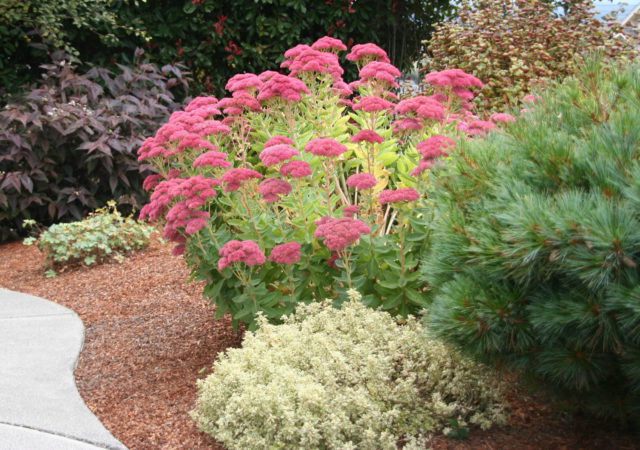
Sedum "Burrito" is used in landscape design
Conclusion
Planting and caring for sedum in open ground is not difficult. In addition, any of its varieties are wonderful assistants to landscape designers. Some representatives of this species have bright flowers, others have chic curly vines. Creating a continuous carpet of color, sedums beautifully frame flower beds, paths, fences and borders.
